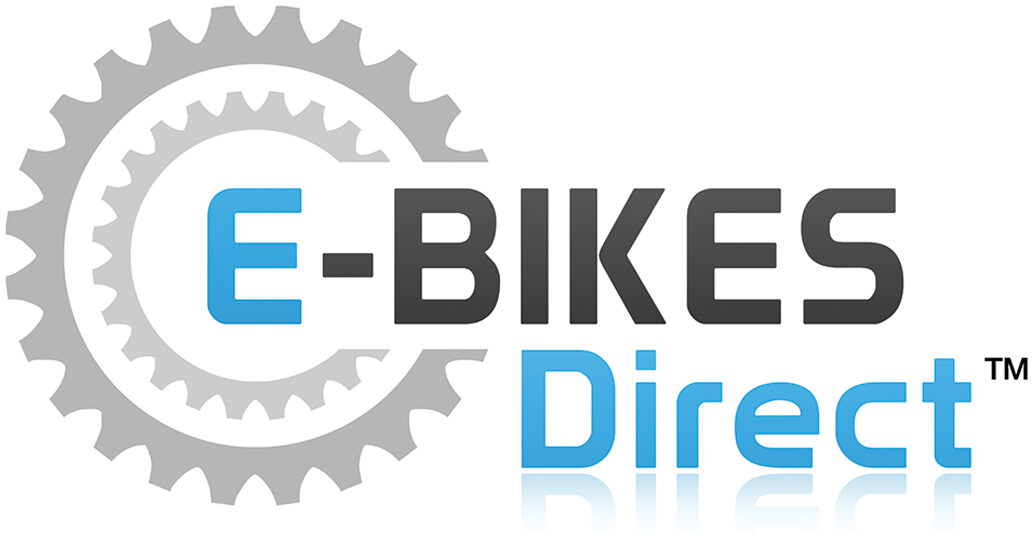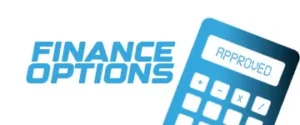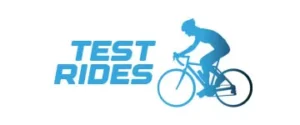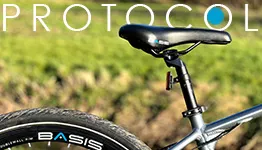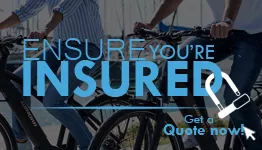
How to ride an e-Bike as opposed to a traditional…
Having parted with a decent sum of cash on an electric bike, you will soon find that riding one is very different to a traditional bicycle. Here we will discuss how to ride an electric bike to maximise its effectiveness on the road or trail.
Letting the motor do it all – a beginner’s mistake…
First of all, the machine has two systems that will give you speed and power – the mechanical bike gears and the electric motor system, both of which you can change with your thumbs.
Soon after getting your electric bike you will figure out that it is easy to choose a middle mechanical gear and then use the motor to shift between speeds – a low power setting to start and building up to a higher power as you reach optimum speed. This is not at all the right way to ride an electric bike.
The best way to ride an electric bike
Remember that you are on a bicycle with a motor on it – not a motorbike with pedals!
When you set off, be in a midrange gear and have the power setting reasonably high. That will ensure you can move quickly into traffic and with speed comes safety.
For the most part, the best way to ride an electric bike while at cruising speed is to keep the power setting close to Eco Mode. It saves your energy but also battery energy, maximising your range. In most riding conditions on the flat, you will find that this is all the speed you need. At the same time you will find that you can use your mechanical gears as you would a traditional bike.
It is worth remembering that by law, e-bikes in Europe and the UK have speed limiters set at 15.5mph. On the flat you therefore need to put less energy into the pedals to maintain a higher speed. There is no sense in having your power setting on max going downhill – the motor will just cut out over that speed.
Where it comes to climbing hills on a traditional bike you will go up and down the gears for climbs. Depending on the e-bike you are riding you will have 3-5 settings on the motor. Ideally you will go up a couple of settings for a climb and then back down for the descent.
Balance and pedal pressure
You now have a lot more power at your foot than you did on a traditional bike. When you set off, on rear-motor and pedal-motor electric bikes this means that you could get wheel spin so need to adjust your weight backwards to keep your weight above the wheel and prevent it from spinning. On front-motor electric bikes it may pay to set off leaning over the handlebars slightly to keep the wheel in contact with the road / track surface.
When it comes to riding an electric bike on hills, it is worth remembering that the crank sensor will ask the motor for less power when you put more pressure on the pedal. This is why you should always pedal at a faster cadence – on a hill be in a slightly lower gear than you might on a traditional bike. That means more power will be sent to the wheel and you will ride faster and more easily.
Braking is another thing to consider when you ride an electric bike. You may well be going a lot faster than you would on a traditional bike so need to brake earlier for junctions and to prevent incidents.
Switch on the grey matter!
It really does pay to have your brain switched on when you ride as accidents can be nastier at higher speeds. Forget those earbuds blasting music in your ear and keep your eyes out for potential problems ahead and behind. Newspapers love a good e-bike crash story as they are unusual these days and as a community of e-bikers we don’t appreciate negative publicity due to people being silly!
Hopefully from reading this E-Bikes Direct page on how to ride an e-bike, you will maximise your enjoyment from it and ride more safely – both toward others and yourself. Happy riding!
